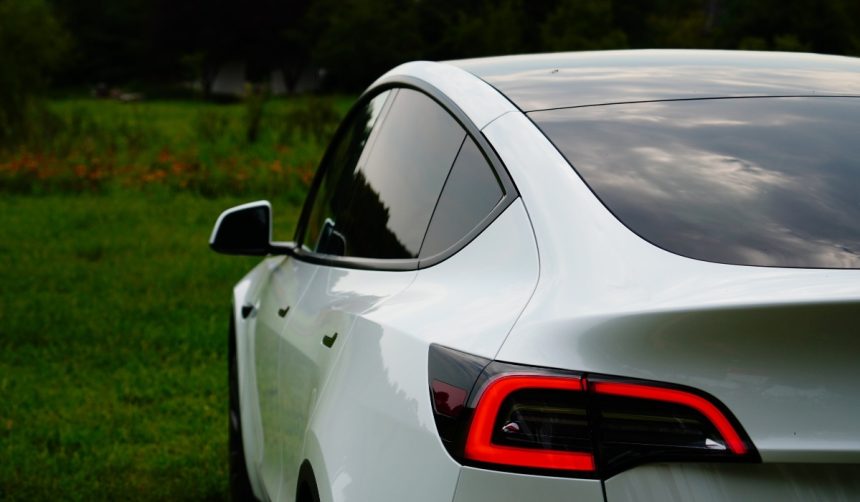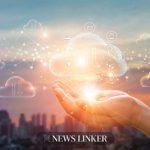Tesla’s self-driving ride-hailing service in Austin has taken a step forward, with the company announcing a notable expansion of both its Robotaxi fleet and the designated operating area. Residents and visitors can now access Tesla’s autonomous vehicles across a wider section of the city, including greater downtown, several suburban zones, and critical transport hubs like the airport and Gigafactory Texas. While many have expressed interest, Tesla has kept the precise number of vehicles in the fleet confidential, fueling ongoing speculation and analysis among industry watchers. As more customers consider integrating Robotaxi into their daily transportation, the question of transparency regarding fleet operations and oversight remains relevant.
Earlier announcements suggested a modest launch in late June, with Elon Musk referencing an initial deployment comprising approximately ten to twenty cars. Reports in July and August documented progressive increases in the area covered by the Robotaxi service, which previously encompassed only Austin’s downtown core and a few nearby districts. However, despite this incremental growth, the company continues to keep its fleet data under wraps, unlike competing firms such as Waymo, which frequently report active vehicle counts and routes in various cities.
How Far Has Tesla Expanded Its Robotaxi Service?
Tesla confirmed that the Robotaxi service area in Austin now totals 173 square miles, a substantial rise from the previous 91 square miles. The company said this is the third time since launch that the geofence, or operational boundary, has been expanded, allowing coverage of more neighborhoods and facilitating connections to strategic destinations, including Austin-Bergstrom International Airport. According to Tesla, this adjustment aims to improve accessibility for a larger portion of the city’s population.
What Details Are Available on the Fleet Size?
Despite increasing interest, Tesla has not specified how many Robotaxi vehicles are in use. The company has stated,
“Increased service area from 91 to 173 sq miles. Also increased number of cars available by 50%,”
but has left the actual fleet number ambiguous. Industry observers and online sources estimate the overall fleet—potentially combining figures from both Austin and the Bay Area—could be anywhere from 30 to 75 robots.
How Is Tesla Addressing Safety and Public Concerns?
Public and industry feedback often calls attention to the continued presence of safety monitors in each vehicle and the lack of straightforward disclosure surrounding fleet numbers and accident reporting. Tesla maintains that these measures are in place to uphold safety during the early rollout.
“Safety remains our highest priority as we expand autonomous services in new areas,”
a company spokesperson affirmed in response to recent inquiries from users and analysts. The increased service area, paired with a gradual hike in active vehicles, is designed to balance demand without outpacing the company’s operational and regulatory capabilities.
Expanding coverage by more than 80 square miles demonstrates Tesla’s commitment to scaling its Robotaxi program in Texas, unfolding independently from previous growth strategies seen in California and competing platforms such as Waymo. Unlike rivals that publicize statistics and operation details, Tesla’s selective data release stands out and receives continued scrutiny. Customers familiar with traditional ride-sharing may notice differences in transparency and operational policy, highlighting the varied approaches to autonomous mobility solutions across the industry.
The increasing reach of Tesla’s Robotaxi project raises questions and opportunities for urban mobility in Austin. Riders interested in autonomous travel will benefit from broader access and more available vehicles, though the exact composition of the fleet remains uncertain. For users and policymakers, understanding the rollout strategy, safety protocols, and implications for competition and public infrastructure is essential. Monitoring developments around transparency and service experience will help shape expectations as driverless technology becomes more commonplace in major cities.










